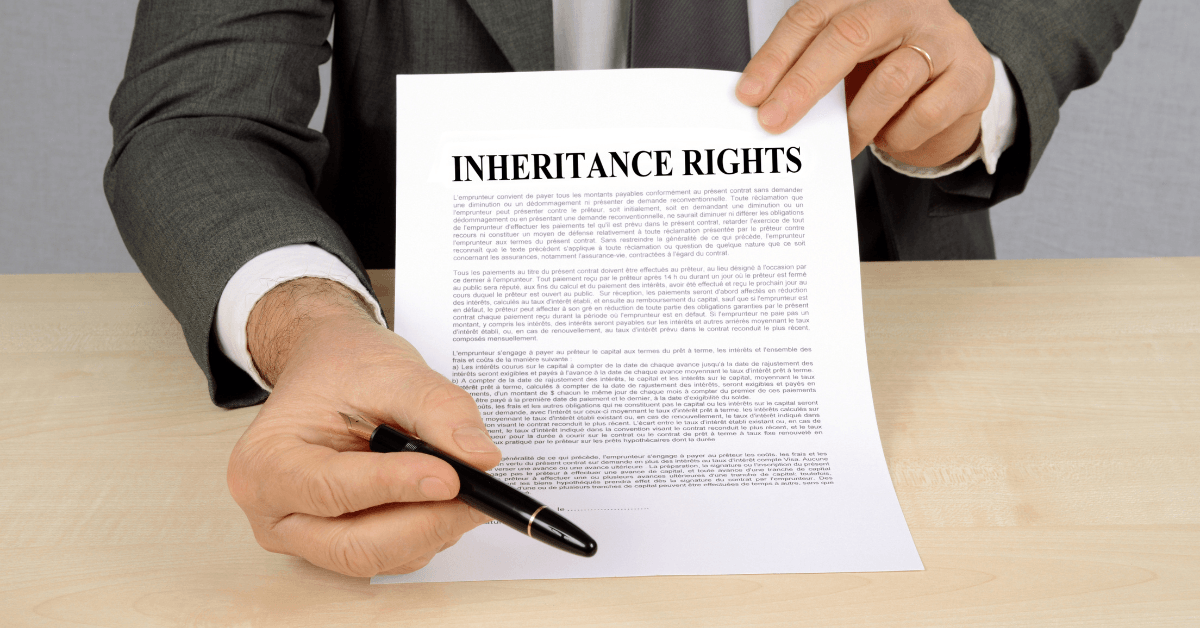Joint Tenants VS Tenants In Common: Which is Best For You?
Joint Tenants VS Tenants In Common: Which is Best For You?
So you're finally ready to make that move. Yes, buying a house is a major accomplishment. Since it's one of the most significant investments an individual can make, many people decide to jump into homeownership with a partner.
After all, property costs have skyrocketed in the last few years.
Did you know that the average asking price in Australia is $852,940?
Whether you've decided to purchase a house with a spouse, a friend, or a business partner, it's important to know exactly what type of agreement you're entering.
Types Of Joint Property Ownership
In property law, there are two main types of joint ownership:
- Tenants in common
- Joint tenancy
No doubt, at a quick glance, these terms may appear to be similar. Yet, there are vast legal and financial differences between these two. It is crucial to understand the legal implications of joint tenancy and tenants in common should one of the owners pass away or decide to sell their share of the property.
In this article, we'll explore the differences between joint tenancy, tenants in common, and how to determine which option is best for your situation.
Understanding Tenants In Common
When you decide to purchase property with one or more individuals, you have the option of entering into a tenants in common agreement. In this type of legal arrangement, the individuals involved can share equal ownership, or they may all own varying percentages of the property. For instance, one co-owner may have 75% interest vested in the house while the other owns 25% of the property.
Tenants in common agreements are flexible, and it clearly defines each owner's share of the property. In addition, it allows each owner to manage their interests independently and can be beneficial for tax purposes.
Joint Tenancy Explained
In a joint tenancy arrangement, both buyers have equal ownership and interest in the real estate property. Typically, married couples, family members, or longtime friends tend to enter joint tenancy arrangements.
If two or more individuals have a joint tenancy, they don't have an individual interest in the property. In this type of co-ownership agreement, it doesn't matter how much money each individual contributed to purchasing the property. Everyone shares equal interests and rights.
What Is The Difference Between Joint Tenancy and Tenants In Common
So, what's the main difference between the two proprietorships? The biggest distinction between joint tenancy and tenants in common is what happens to the property when one of the owners passes away.
In a joint tenancy, the rights of survivorship exist. This means that if one of the tenants in the joint tenancy passes away, by law, their portion of the real estate property automatically passes to the surviving tenant in that agreement.
The right of survivorship laws is rigid. The living tenant becomes the sole owner of the property regardless of contrary wishes expressed in a will.
Unfortunately, in tenants in common agreements, there are no rights of survivorship. Therefore, in the event of one of the tenants' death, their interest in the property becomes part of their deceased estate, and it doesn't pass on to the surviving tenants. In most cases, the deceased tenant's beneficiary will inherit their share in the property.
What Is The Advantage of Being Tenants In Common?
Purchasing a property as tenants in common offers several benefits. Most people dream of being free from the shackles of renting and relish in the idea of being able to own a house of their own where they can decorate as they wish. However, due to financial constraints, sole ownership isn't possible for everyone.
Tenants in common is a joint ownership option that allows a group of individuals such as blended families to pull together their resources to purchase a home. Whether the property is equally or disproportionately owned, all of the tenants in a tenants in common agreement have equal rights of access to the home.
Here are additional advantages of entering tenants in common agreement:
- Every tenant in the agreement owns the asset
- Each tenant has the legal right to sell their shares in the property
- Tenants in the agreement can pass on their interest in the property to their beneficiary in their will
What Are The Disadvantages Of Tenants In Common?
Although tenants in common agreements can be appealing because of their flexibility, this arrangement can be very complex. They become even more complicated when the relationship between the property owners starts to change.
Having a Declaration of Trust can be beneficial for tenants in common agreements because it clearly specifies each tenant or owner's financial obligations and interests in the agreement.
It should also include an exit clause to govern how the property is sold even when all parties aren't in agreement. The Declaration of Trust serves as a protection for each party involved should conflict arise.
The main disadvantages of tenants in common agreements are:
- All of the co-owners have to sign the transfer deed to sell the whole property
- There are no rules that dictate how each owner sells their share of the property
What Happens To Tenants In Common When One Dies
When one of the owners in tenants in common agreement dies, their share of the property is subject to succession laws. This means that their interest in the home is transferred to the deceased estate and dealt with in accordance with the will. The interest in the real estate property wouldn't pass to the surviving owners in the tenants in common agreement.
Can A Married Couple Be Tenants In Common
Joint tenancy arrangements are quite common between married couples interested in purchasing a home together. However, some married couples might decide to hold a title to an investment property as tenants in common.
Like any other tenants in a common agreement, each party has the right to sell their interest in the property as they desire, and they'll both need to sign the transfer deed if they decide to put the property back on the market.
When a married couple decides to enter a tenants in common agreement, if one partner passes away, the surviving spouse doesn’t automatically inherit their interest in the property. The deceased spouse’s fractional shares are passed on to whoever they specify in their will. If there is no will in place, their fractional share in the home will be subject to intestate laws.
Do Tenants In Common Pay Inheritance Tax?
In Australia, there are no inheritance taxes or estate taxes. Therefore, if an individual inherits interests in a tenants in common property previously owned by their deceased kin, they don't have to worry about paying inheritance taxes.
Can A Sale Be Forced In Tenants In Common?
What happens when one of the co-owners in a tenants in common agreement wants to sell the whole property? Things can get tricky if one or more parties in the agreement refuse to sign off on the transfer deed.
You might be wondering if one of the co-owners can force the sale of the property. That largely depends on the state and territory. Every state in Australia has differing property laws.
Do Tenants In Common Own Equal Shares?
As previously mentioned, in a tenants in common arrangement, owners can have eitherequal ownership in the real estate property or different shares in the property. One party may have 65% interest in the house while the other owner only has 35% interest in the property.
Do You Need To Go Through Probate For Tenants In Common?
When one of the owners in a tenants in common agreement dies, their fractional share in the property passes to their deceaed estate. As a result, a grant of probate issued by the Supreme Court is necessary to transfer the ownership of the property to their next of kin or their beneficiary.
In a joint tenancy agreement, the deceased co-owner's interest in the property instantly passes to the surviving tenant, so there is no need for probate.
Can I Sell My Shares Of Tenants In Common
Each tenant or owner in a tenants in common arrangement has complete control of their portion of the property. This means that they can sell their interest in a property to whoever they want without seeking permission or informing the other owners.
Joint Tenancy or Tenants In Common Which Proprietorship Is Right For You?
As you can see, joint tenancy and tenants in common agreements have both their advantages and disadvantages. Yet, the key feature between these two types of ownership is the right to survivorship.
Everyone has different needs and preferences. It's best to consult an experienced lawyer to help you determine which option is best for you based on your unique situation and how you can protect yourself when making such an investment.





